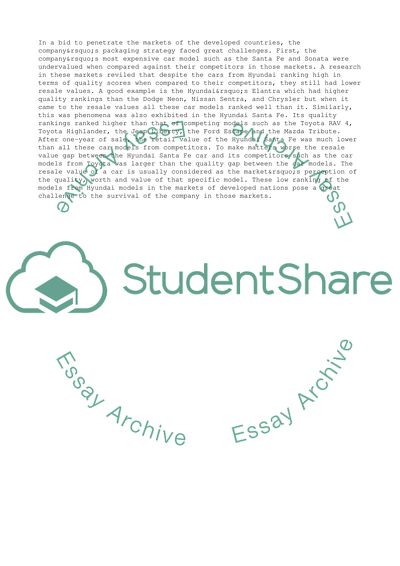Cite this document
(“Hyundai Motor Company Business Challenges and Relationships Case Study”, n.d.)
Hyundai Motor Company Business Challenges and Relationships Case Study. Retrieved from https://studentshare.org/business/1687822-hyundai-motor-company-case-study
Hyundai Motor Company Business Challenges and Relationships Case Study. Retrieved from https://studentshare.org/business/1687822-hyundai-motor-company-case-study
(Hyundai Motor Company Business Challenges and Relationships Case Study)
Hyundai Motor Company Business Challenges and Relationships Case Study. https://studentshare.org/business/1687822-hyundai-motor-company-case-study.
Hyundai Motor Company Business Challenges and Relationships Case Study. https://studentshare.org/business/1687822-hyundai-motor-company-case-study.
“Hyundai Motor Company Business Challenges and Relationships Case Study”, n.d. https://studentshare.org/business/1687822-hyundai-motor-company-case-study.


